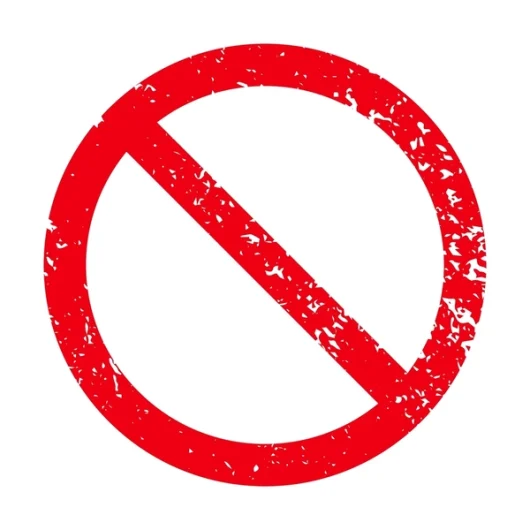When Was Asbestos Banned In Australia?
Australia phased out asbestos usage starting in the 1980s and implemented a complete ban on its use, sale, or import in 2003. Although asbestos was used in over 3000 products, including construction materials and vehicles, its ban has been crucial due to associated health risks.
Numerous homes and buildings constructed or renovated before 1990 may still contain asbestos. It is crucial to be asbestos aware when undertaking renovation, rebuilding, or repair projects. Older vehicles may also harbor asbestos.
The use of asbestos in Australian homes dates back to the 1880s, primarily for fireproofing, soundproofing, and insulation. From the 1920s to the mid-1940s, asbestos was widely employed in residential construction, and asbestos-containing materials persisted in millions of Australian homes until the 1990s.
As of December 31, 2003, asbestos was completely banned in NSW and Australia. The ban encompasses various activities, including the use, manufacture, import, transport, storage, and sale of asbestos.
The prohibition of asbestos in Australia is attributed to the absence of a known safe exposure level. Asbestos fibres pose severe health risks when inhaled, and Australia had one of the highest rates of asbestos use globally until the 1980s. The country imported 1.5 million tonnes of asbestos between 1930 and 1983, with local mining continuing until 1984.
To mitigate the risk of asbestos exposure, it’s important to be asbestos aware. Since asbestos-containing materials are not easily identifiable, treating any suspect material as asbestos is advised. If uncertain, consulting a licensed asbestos assessor is recommended. Safely removing asbestos should be planned with the assistance of licensed asbestos removalists to ensure the safety of individuals involved.
Get in touch with our licenced team if you suspect you have Asbestos in your residential property, investment property or business


